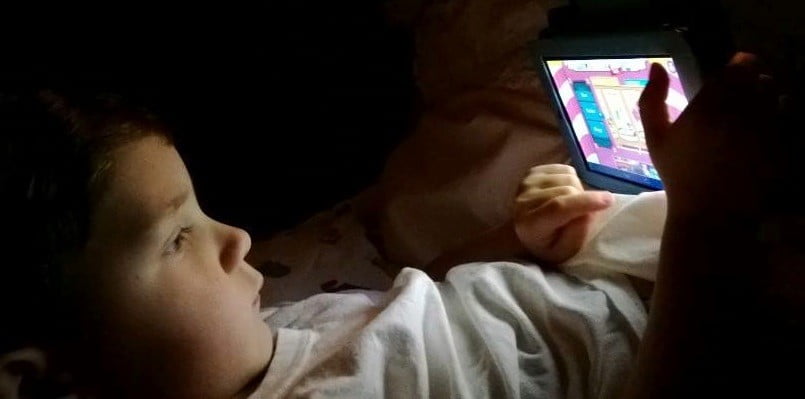
 The word “grimy” gets tossed around a lot at the beginning of The Lost Arcade, but its use is always accompanied with a wide smile. Chinatown Fair, a legendary dark dump down on Manhattan’s Mott Street, is the subject of Kurt Vincent’s loving new documentary. I am not now nor have I have been too enamored of video games, but as a New Yorker I recognized the tragedy when this quarter-gobbling den of pixels temporarily shut down a while back. One of the final spots resistant to gentrification, CF, as its patrons call it, was a magnet for teens from all walks of life, a space in which to waste time in an innocuous manner, interrupted only by harmless putdowns and high fives. Vincent uses the location as a way to tell the story of New York’s gaming subculture itself, and one can’t help come away with the rich, conflicting emotions that frequently spring from nostalgia.
The word “grimy” gets tossed around a lot at the beginning of The Lost Arcade, but its use is always accompanied with a wide smile. Chinatown Fair, a legendary dark dump down on Manhattan’s Mott Street, is the subject of Kurt Vincent’s loving new documentary. I am not now nor have I have been too enamored of video games, but as a New Yorker I recognized the tragedy when this quarter-gobbling den of pixels temporarily shut down a while back. One of the final spots resistant to gentrification, CF, as its patrons call it, was a magnet for teens from all walks of life, a space in which to waste time in an innocuous manner, interrupted only by harmless putdowns and high fives. Vincent uses the location as a way to tell the story of New York’s gaming subculture itself, and one can’t help come away with the rich, conflicting emotions that frequently spring from nostalgia.
CF’s origins are mysterious (it goes back to the 1940s) but it was in the 1970s, with the advent of coin-operated games such as Space Invaders, when things really picked up. That’s also when it was bought by a Pakistani immigrant named Sam Palmer, whose path to ownership is shrouded in myth. (The jovial man, now retired, says it came to him in a dream.)
Palmer’s early days were a time of struggle, as the arcades in Times Square and Penn Station took most of the business. In time, high rent and declining interest thanks to home console gaming shut the other locations down. Eventually, CF became the only game in town.
After a period of adjustment, some of which involved the local Chinatown gangs accepting ethnic groups from the rest of the city, the halcyon days kicked in. I’m not sure exactly when the tic-tac-toe-playing live chicken left the venue, but I’m nearly certain I saw it myself in the 1990s. (Though that may have been when CF’s chicken appeared on the David Letterman show or the Meryl Streep/Robert De Niro film Falling In Love.) Eventually, fighting games such as Street Fighter ruled the roost, leading to epic challenges and mighty champions still discussed in story and song. (Ol’ Dirty Bastard recorded a video there, so I’m not exaggerating too much on that last part.)
The Lost Arcade, however, makes it clear that Chinatown Fair, as with all subcultures, is as much about the camaraderie and relationships made among its followers as it is about the thing itself. As one who regularly attends Star Trek conventions and crosses state lines to see the much-derided jam band Phish, this is key to the success of Vincent’s film.
CF’s story is told through the eyes of two men in addition to Palmer. Henry Cen was a local Chinatown kid who gravitated to the electronics of the enormous video game consoles and, after getting a gig sweeping up, eventually became the general manager. Akuma Hokura, a classic gentle giant seen playing with his tiny kitten in his small apartment, was a street kid who ran away from his foster parents and only found solace in video games.
No one is reading Proust at Chinatown Fair, but between rounds of Mortal Kombat there is a recognizable esprit de corps that springs to action when Palmer decides to close the shop down. Cen and Hokura adapt to the modern age with a more internet-savvy shingle in elsewhere, and eventually CF reopens under new (and at first totally lamestream) management.
This is a small gem of a film without any big, revelatory conflicts, but Vincent’s style works well for the setting. He mainly shuts up and lets the experts do the talking. Chinatown exteriors are always shot at night, usually in the rain, to slow electronic music. As it should be. Down here, where the street grid reverts to an unpredictable maze, beats the heart of something more pure than a factory-sealed Xbox. The levels change, but the game isn’t over.
[Source: The Guardian]





